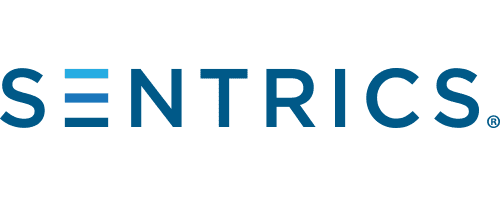As senior living communities continue to adapt to evolving resident needs and rising care standards, advanced location technology has emerged as a critical tool in modern operations. From improving resident safety to optimizing workflows, real-time location systems (RTLS) offer a window into how people and processes move throughout a community, providing visibility that drives both quality care and operational efficiency.
While GPS is a household name, advanced location technology for senior safety is far more specialized. These systems use a combination of sensors, tags, and wireless signals to monitor location with high precision indoors, where traditional GPS cannot function effectively. The result is a dynamic layer of insight that supports proactive decision-making without disrupting day-to-day routines.
Enhancing Resident Safety and Response Times
One of the most immediate and impactful applications of location technology is in emergency response. When a resident initiates a call for help, whether through a wearable device or a wall-mounted alert, staff need to know exactly where to go. Advanced location systems can pinpoint their location within feet, dramatically reducing response time.
This precision matters. Faster responses don’t just improve satisfaction—they can save lives. In scenarios involving falls, health events, or wandering, knowing someone’s location in real-time eliminates guesswork and allows staff to act with confidence.
Beyond emergencies, location data also offers valuable context. Has a resident stopped attending meals? Are they spending more time alone or avoiding communal spaces? These subtle shifts, tracked over time, may indicate changes in health or well-being that warrant further investigation.
Streamlining Staff Workflows and Communication
The benefits of location technology extend well beyond resident monitoring. Staff can also be equipped with location-enabled badges or devices that help teams stay coordinated. Whether it’s tracking the nearest available caregiver, managing service requests, or ensuring compliance with rounding protocols, location awareness introduces a new level of operational clarity.
For communities navigating ongoing staffing challenges, this kind of visibility can be a powerful tool. By understanding where time is spent—and where bottlenecks may exist—leaders can reallocate resources more effectively, avoid duplication of effort, and reduce unnecessary strain on team members.
Location-based data can also support compliance and quality assurance initiatives. Detailed records of caregiver activity offer transparency for audits, incident reviews, and family communication, helping build trust through clear documentation.
Supporting Wander Management Without Restriction
For residents living with cognitive impairment, it’s important to balance freedom of movement with appropriate safeguards. Advanced location technology makes this possible by creating virtual boundaries, alerting staff when a resident enters a restricted area or exits a designated safe zone.
Unlike more invasive monitoring tools, RTLS allows for passive oversight. Residents are not confined to one room or wing, and they do not need to be under constant visual supervision. Instead, care teams receive real-time alerts that support timely, respectful intervention, preserving resident autonomy while ensuring their safety.
Wander management doesn’t have to mean limitations. With the right tools, communities can design flexible care environments that empower residents while reducing caregiver stress simultaneously.
Gaining Strategic Insight Through Movement Data
Over time, location data tells a story—not just about where people are, but about how a community functions. Which common areas are most used? What are the peak hours for care requests? Are certain routes congested or underutilized?
Answering these questions through integrated senior living software can help communities make more intelligent decisions about staffing, space planning, and program design. For executive teams, aggregated movement trends offer a new lens to evaluate performance, identify risks, and uncover opportunities for growth.
Importantly, this data also supports a more person-centered approach to care. Patterns of isolation, social engagement, or unusual mobility may indicate the need for personalized interventions. With the proper safeguards in place, location insight becomes another layer of awareness that helps teams deliver more holistic support.
Implementing with Purpose
Introducing location technology into a senior living community requires more than installing sensors. It requires thoughtful planning, resident and family education, and a clear understanding of the problems the system is intended to address.
Equally important is how data is handled. Privacy and transparency must guide every implementation, with clearly communicated policies, opt-in processes, and secure data management. Residents should feel empowered, not watched, by the technology around them.
When done well, location technology for senior safety becomes virtually invisible to residents and invaluable to staff. It fades into the background, quietly supporting the people and systems that make a community run.
Navigating the Future of Intelligent Care
As senior living becomes more complex and interconnected, the ability to see, understand, and respond to an event in real-time will only grow more essential. Location awareness is no longer a luxury—it’s a foundational element of modern care delivery.
Communities that invest in location technology today are preparing for a future where safety, efficiency, and personalization are integrated seamlessly. It’s not just about knowing where someone is—it’s about understanding how they move, interact, and live within the fabric of the community.
To learn how location technology for senior safety can support your team and strengthen your community’s approach to safety and service, connect with a Sentrics Sales Executive. We will help you determine what integrated senior living software could take your community to the next level.



